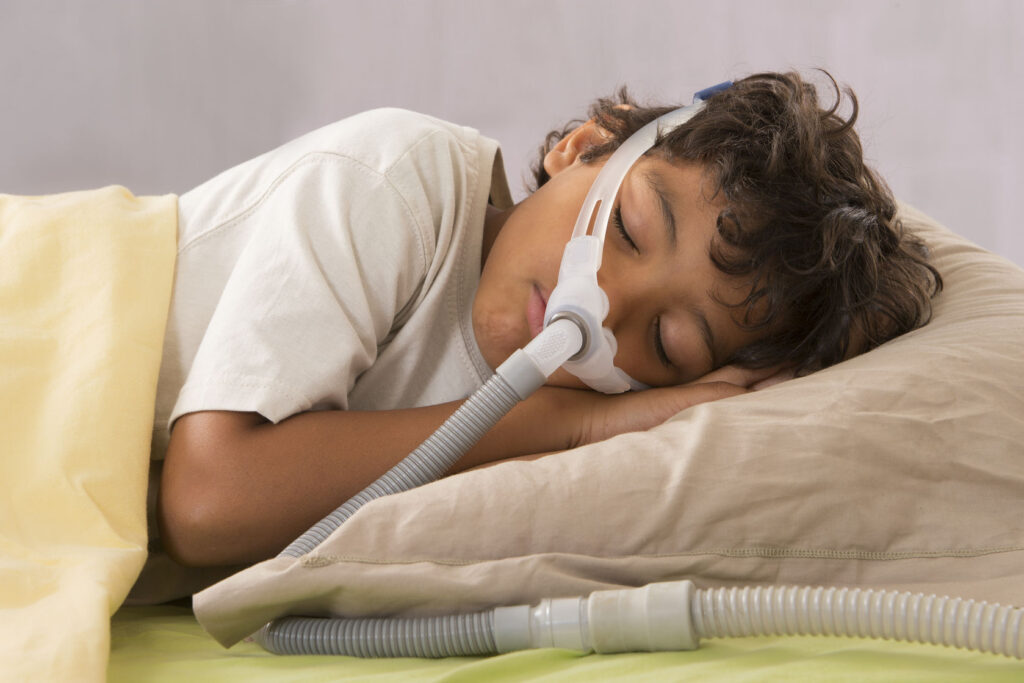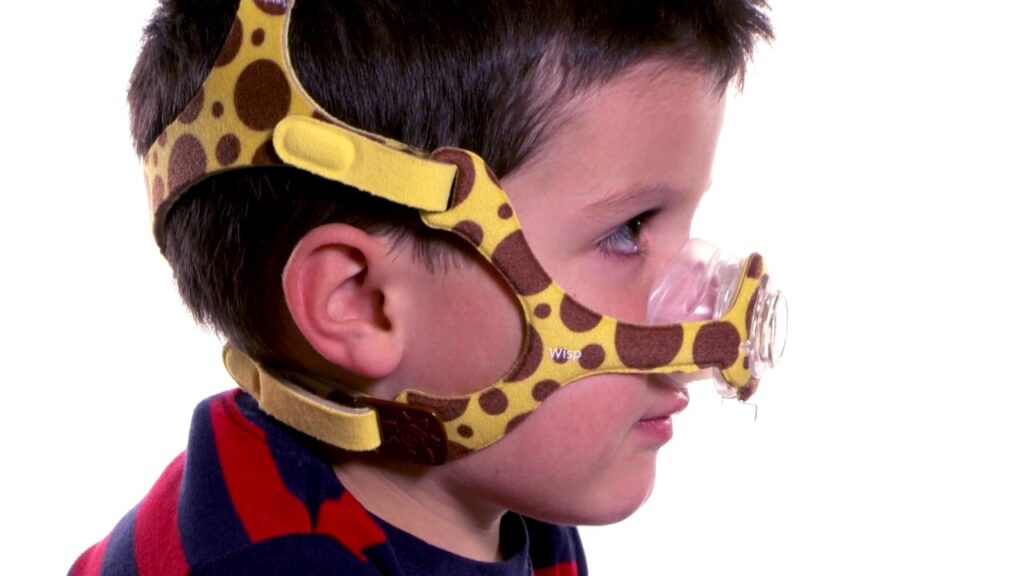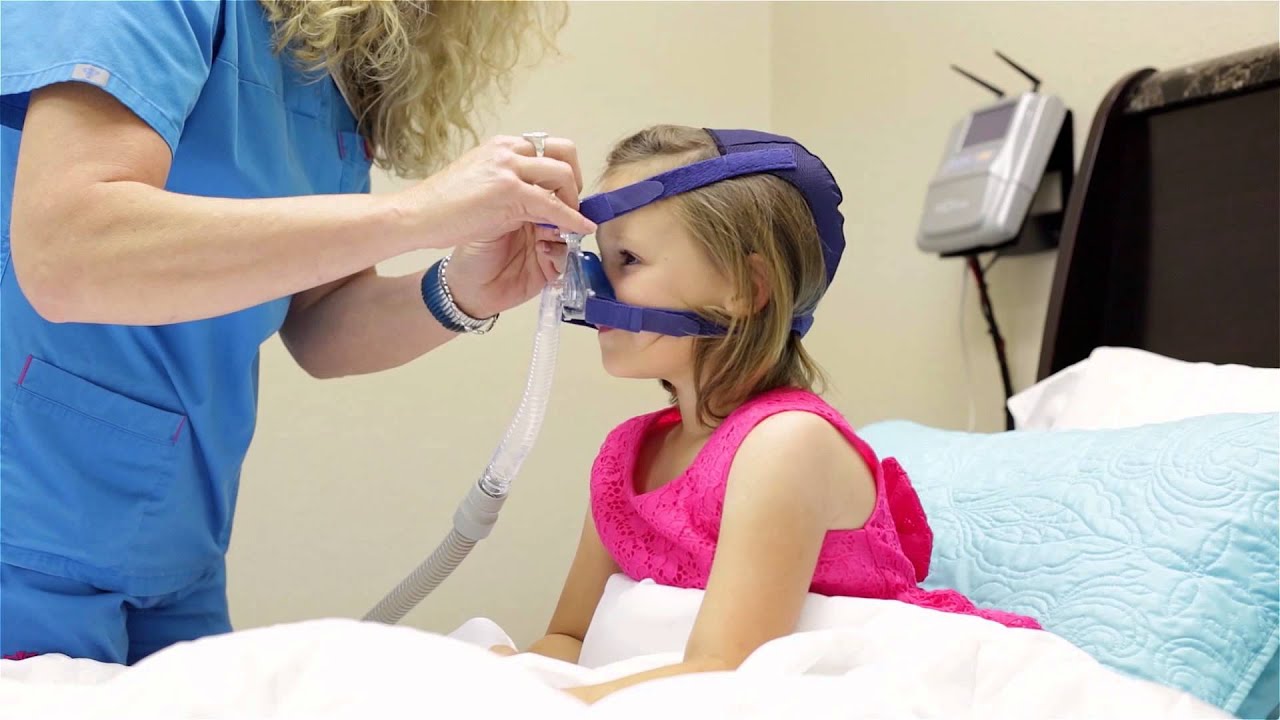The paediatric CPAP mask differs from the adult version in several ways: it is smaller, has softer padding, can be adjusted more quickly and easily, and has a more streamlined design to make it more comfortable to wear when moving around.
Size, adjustability, materials, durability, pricing, and comfort are just a few of the factors to think about while shopping for a cpap mask for your child.
When creating an environment in which your child can thrive, it’s also crucial to take into account his or her individual preferences. Anxiety over CPAP treatment is frequent in children, and a well-fitting mask can improve treatment efficacy and adherence. There are a variety of mask designs available, each providing a unique level of protection.
The Factors You Must Weigh Before Buying Your Child a CPAP Mask
If your child is experiencing sleep apnea, the efficacy of CPAP therapy will depend on the underlying cause and the severity of their symptoms. Prior to obtaining therapy, you should talk to your child’s doctor.

If your child has been diagnosed with sleep apnea and recommended CPAP therapy, it is crucial for the success of treatment that you choose the finest CPAP machine and mask for your child’s needs. Anxiety about using a CPAP mask is typical, so your child may need extra reassurance at first. In this article, we’ll examine the CPAP mask buying guide in greater detail.
- The use of a CPAP machine is recommended by doctors but requires a prescription. The process of choosing a CPAP machine and mask that will work well together is one that your paediatrician may assist you with.
- The severity of your child’s sleep apnea symptoms, and whether or not other variables are impacting their sleep quality, can be determined by a doctor using the findings of a sleep study conducted in a laboratory or at home.
- It is crucial to choose a CPAP mask that fits properly, so make sure you take measurements. Children may not be able to use adult-sized masks, and those that do not fit will not be successful in delivering treatment.
- The seal of the cushion should be tight enough to hold the skin without becoming uncomfortable. Some CPAP mask cushions made specifically for children come in a single size, with an accompanying label that specifies the minimum and maximum age and weight for which it is appropriate.
- A size chart should be included for models that come with interchangeable cushions to help customers find the right option. The affixed helmet should be snug but comfortable on the kid’s noggin.

- Young children develop rapidly, thus masks that can be adjusted to their size are essential. Straps on several types of paediatric CPAP masks can be lengthened to accommodate a growing child’s head. Some masks feature dials that make it simpler to personalise the fit to your head.
- Vision Outside the Mask, or “Field of Vision,” refers to how far an individual’s eyes can see when wearing a mask. Children receiving CPAP therapy may feel more at ease with the mask on if they have a clear line of sight.
- There are masks made specifically for kids that are less cumbersome and have eye holes in strategic places so they can still see out of the sides. It is hoped that this would alleviate some of the fear that people have about CPAP treatment.
- Children are more likely to wear their CPAP mask if it is soft and cushioned. This has the potential to improve treatment adherence and outcome. Comfortable masks can be worn with adaptable frames and tubes, pliable straps and cushions, and feather-light cushions. The ease with which you can breathe with a mask depends in part on how well it fits your face.
- While some parts of your child’s CPAP therapy will be the same for everyone, the mask and tubing you choose will need to be compatible with the machine. If you pick parts that don’t work together, your treatment won’t work. You can ask the manufacturer of the mask you’re considering if it’s designed to work with your child’s CPAP machine.
- When using continuous positive airway pressure (CPAP) equipment, the air hose that runs from the machine to the mask is where the air actually goes. Either the nose or the top of the head can be used as an attachment point for the tube leading to the mask. Most people find more freedom of movement and an expanded field of view after connecting tubes to their helmets at the top of their heads.
- Included Parts: Depending on the type of CPAP mask you’re looking for, you may need to purchase additional parts. The components of a typical CPAP mask consist of the frame, cushion, and headpiece. The CPAP machine’s tubing can be purchased with or without the machine itself. You need to put together the mask before you can use it, and you have to take it apart to clean it.
- Silicone, a hypoallergenic substance, is commonly used for mask padding since it is comfortable for the vast majority of people. Fabric or gel pads are also options for making a mask. Medical mask frames are often made of polypropylene or polycarbonate, two thermoplastic materials.
- In the event of a manufacturing flaw, a warranty will cover the cost of your replacement. If a mask breaks during its warranty period, the manufacturer will usually fix it for free or provide a new one. If the item you bought turns out to be faulty, the guarantee will cover the expense of having it repaired or replaced.

Some Useful Suggestions for Parents
Your child’s sleep apnea treatments can be improved in other ways besides just picking out the correct paediatric CPAP mask. Cleaning and maintaining the mask on a regular basis, easing your child into therapy, and making it easier for them to fall asleep are all things you can do.
The success rate of treating sleep apnea in children increases if the youngster is progressively acclimated to using a CPAP mask. Numerous activities can be used at various times of the day to assist your kid adjust to the treatment. For example, you can help your child get used to the mask and the CPAP machine’s sound by having him or her wear it for longer and longer periods of time. It’s best to start with brief trials of the mask during the daytime when the youngster may lie down and get used to it while the air is on. To help your kid adjust to the machine’s sounds, you can also run it at night without the mask. You can help your child adjust to CPAP therapy by incorporating it into his or her current bedtime routine.
Maintaining a clean CPAP: Maintaining the efficacy of treatment necessitates routine cleaning of the CPAP machine and its parts. In order for the mask to keep its grip, the seal may become soiled with face oils and require cleaning. As a result of germs, mould, dust, and debris, using unclean CPAP equipment can cause congestion and coughing.
Every day, you should wash the parts by hand with some mild soap. As a rule of thumb, you can get away with washing your headwear once each week. Cleaning products with perfumes or oils, chlorine bleach, or rubbing alcohol should be avoided since they might leave a residue that damages the mask.
In the event that any part of your CPAP mask is broken, torn, or otherwise worn out, you should toss it out and get a new one. While the mask frame and headpiece may endure for up to six months, the cushion inside it should be replaced every two to four weeks. In order to ensure your child has a restful night’s sleep, you can take a number of measures to improve the quality of their bedroom’s sleep environment.
More to read: Chronic Pain Management in Older Adults
